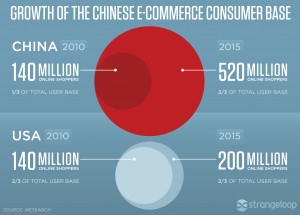As I write a concluding post about my COMM 101 experience, I find it appropriate to mention the one theme that shaped my perception of the course: Edward Freeman’s Stakeholder Theory. One afternoon, when a friend of mine asked me what the point of this course was, I asked myself the same question. Why were we presented with a business toolkit throughout the entire course? Today, I concluded that Sauder’s goal for me is to train me to use business for the benefit for the people. As my instructor Scott mentioned to us many weeks ago, “Business is about people”. Without people, how can we actually find purpose to do business? That’s why Stakeholder Theory appeals to me so much, because it revealed to me how businesses can and should meet the needs of every stakeholder.
Anyways, turning to the article at hand, anyone reading about the Heathrow-Gatwick Runway issue – whether or not new runways need to be built in metro London’s two airports – will be aware that the issue of satisfying all stakeholders is prevalent here. How do we satisfy airport authorities, companies operating through Britain, the British economy, international travelers, locals living near the airports, the surrounding natural environment, and – let’s never forget – the politicians executing the decision?
The dilemma is difficult: expand in Heathrow and suffer noise pollution and a lack of easy travel access, or do we focus in Gatwick, but miss out on booming distant global markets like China and the European tourism industry? In my opinion, the verdict falls on whether the long-term gains of either option outweigh the estimated costs of construction. By those parameters, expanding Heathrow would be the more suitable choice. If both runways are constructed and used at the same time, the Heathrow runway will still be more useful after the few years of required construction. The increased demand for tourism and distant Asian markets asks for the logistic capacity to accommodate direct flights. While this may come at the expense of UK denizens, the expansion will also allow locals to access more direct flights, more business opportunities, and more goods that can be cheaply bought through e-commerce from distant manufacturers like China. Thus, in a scenario where unexpected costs require tough choices, the Gatwick runway should wait while Britain adapts to a rapidly changing global economy.




